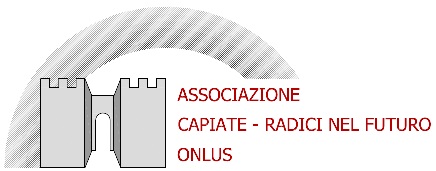|
In 490 A.C., the historical "Battle
of
the Adda" took place in that
location. It was the last act of the war
between Theodoric, king of the Goths,
and the barbarian general Odoacer, king
of Italy
since the A.D. 476, after he had
overthrown the last emperor of the Western Roman Empire.
Proof about the location of those events
is the gravestone of Pierius, the
commander of Odoacer’s personal guards
who died during the battle. This
gravestone was found in Garlate, a
village situated
3 miles
north from Capiate.
But, why did the battle take
place there? Obviously not by chance!
A such decisive battle took place where
someone had previously planned it,
considering strategic and logistical
aspects as local orography and military
fortifications, availability of troops,
supplies, and escapes in case of defeat.
Likely the northern part of the valley
of the Adda river had all those
necessary characteristics.
|
